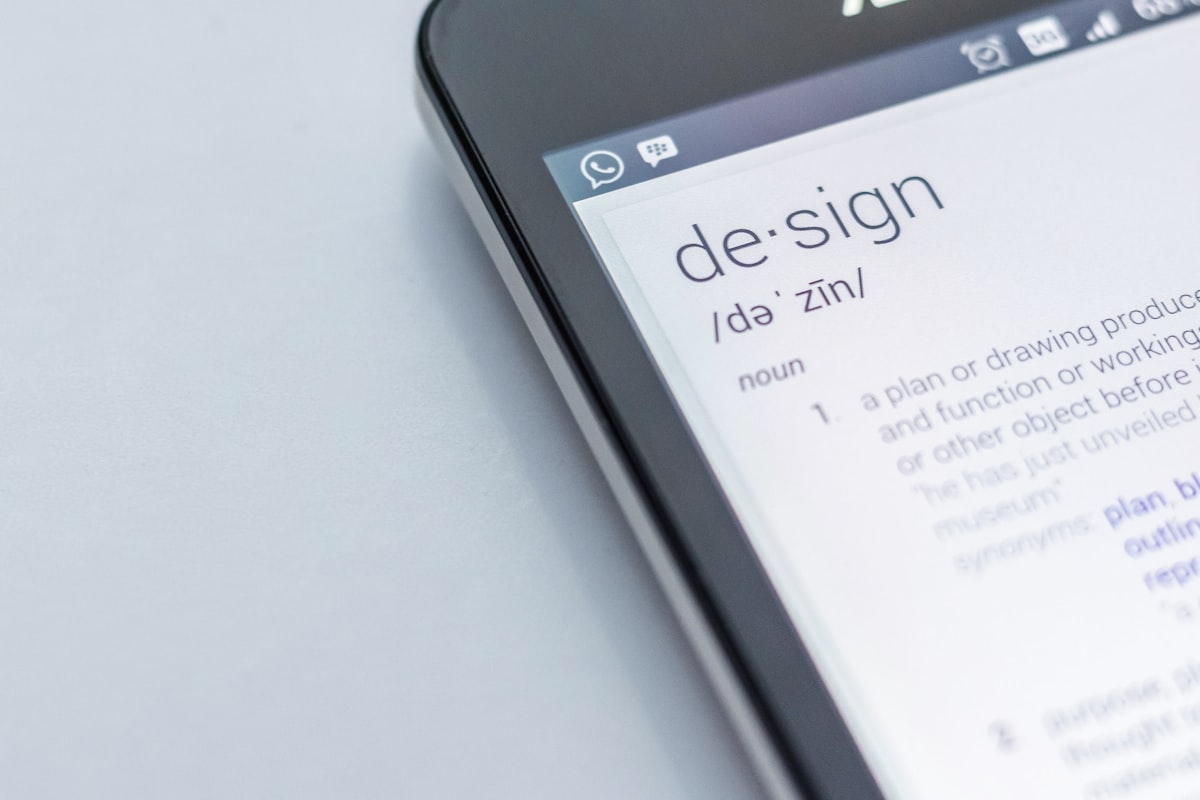JavaScript in the Browser: Working with the DOM and Handling Events

What is DOM and How Does it Work with JavaScript?
The Document Object Model (DOM) is one of the most important aspects of JavaScript. It is a programming interface that defines the logical structure of an HTML document and how a document is accessed and manipulated. Without the DOM, JavaScript would be useless when dealing with webpages. The DOM is used by web browsers to read HTML and CSS code and to represent it for the user as a rendered web page. This means that when you view a web page, you are looking at the DOM. So when you write JavaScript, you are writing code that interacts with the DOM.
Working with the DOM
The DOM is composed of a tree-like structure of objects. This allows you to access and manipulate HTML or XML documents as a whole. By using DOM, you can:
- Add, modify, or delete HTML elements
- Update the content of existing HTML elements
- Change the style of elements with CSS
- Attach event handlers to elements
Using DOM, you can access any element on the page and make changes to it. This is done through methods such as getElementById(), querySelector(), querySelectorAll(), etc. Once you identify the right element, you can use methods such as innerHTML to modify its content or style to change its style.
Handling Events
Event handling is one of the most important aspects of programming with JavaScript. Events are actions that occur when the user interacts with a webpage. Events can be triggered by a wide variety of actions, such as when the user clicks a button, hovers over an element, or presses a key. Events are handled in JavaScript by using event handlers. Event handlers are functions that are called when a specific event occurs. When an event occurs, the browser calls the event handler function and passes it an event object. The event object contains information about the event, such as which element was affected and which key was pressed. For example, the following code attaches an event handler to the click event of an element with the ID myButton:
document.getElementById('myButton').addEventListener('click', function(e) {
alert('The button was clicked!');
});
In this example, when the user clicks the element with the ID myButton, the event handler function is called and the alert message is displayed.
Conclusion
The DOM and event handling are two of the most important aspects of programming with JavaScript. The DOM allows you to access and manipulate HTML elements, while event handling allows you to respond to user interactions. Both of these concepts are essential for creating dynamic web applications with JavaScript.
